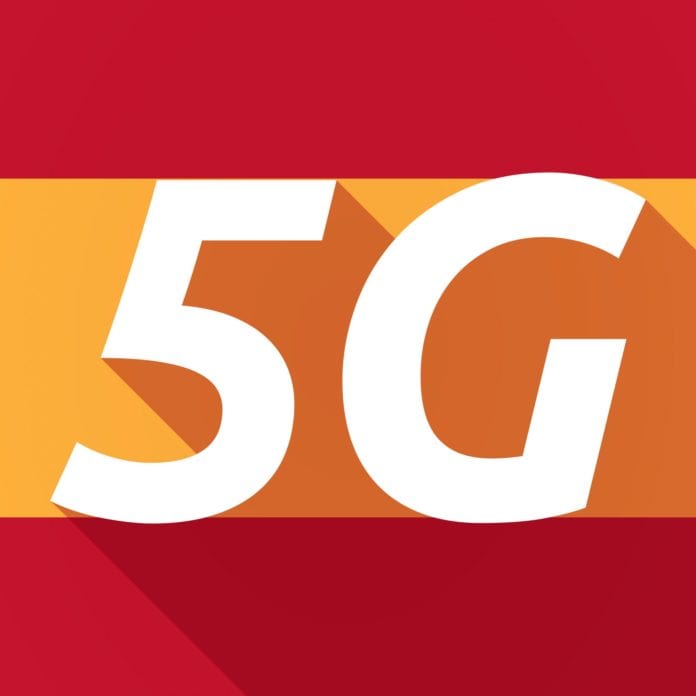The report noted that this 5G coverage was reached by Spanish mobile operators using spectrum in the 3.5 GHz and 700 MHz bands
Spain ended the first half of 2022 with a 5G coverage of 58.12%, according to a report by the country’s Ministry of Economic Affairs and Digital Transformation.
This figure compares with a coverage of 33.51% at the end of the first half of 2021.
The report noted that this 5G coverage was reached by Spanish mobile operators using spectrum in the 3.5 GHz and 700 MHz bands.
However, taking into account Dynamic Spectrum Sharing (DSS) technology, 5G coverage across Spain increased to 82.36% as of June 2022, according to the report, up 23 percentage points compared to the previous year.
In rural areas, 5G coverage—including DSS—reached 50.42%, almost doubling 5G coverage in 2021.
The European Union (EU) has set objectives that include guaranteeing ultra-fast broadband coverage of at least 100 Mbps to 100% of the population in any part of the territory in 2025 and 5G connectivity and gigabit speed per second for the entire population in 2030.
The report also showed that 4G coverage has reached almost 100% of the population in both rural and urban areas.
In related coverage news, Spanish telco Vodafone Spain recently said it aims to expand its 5G network to 65% of the population this year.
With this network expansion plan, Vodafone will reach a total of 2,000 municipalities across Spain by the end of this year. Of the 1,000 new municipalities that the operator plans to cover with 5G this year, 238 are municipalities with less than 1,000 inhabitants, mainly in rural areas of the country.
The operator uses the 700 MHz frequency to expand its 5G network, while it continues to use frequencies in the 3.7 GHz band. Vodafone has said that the 5G network in the 700 MHz frequency allows the telco to expand its coverage footprint extensively and offer better coverage inside buildings.
Vodafone initially launched 5G services in Spain via NSA architecture in 2019, and subsequently launched a pre-commercial 5G SA network in June 2021.
Rival operator Telefónica’s 5G network currently covers 83% of the Spanish population. Telefonica previously said its 5G network provides coverage in 1,719 towns and cities across Spain.
The telco also noted that nearly 1,700 towns and cities in Spain are covered by its 700MHz 5G service, which had been activated in February 2022.
Meanwhile, Masmovil is currently offering 5G service in 1,660 towns and cities in 51 provinces across Spain for the customers of its Yoigo brand.
According to the operator, 74% of the Spanish’s population is already covered with its 5G network infrastructure. Masmovil also said that it had reached 261 new towns and cities in its latest 5G network expansion.
The carrier’s 5G service is being offered via a combination of its own infrastructure and an agreement with rival operator Orange.
Orange has already deployed its 5G services in 1,844 towns and cities in 52 provinces cross Spain. According to the European carrier, its 5G network infrastructure reached 78.4% of the Spanish population as of the end of the last quarter of 2022.
Orange Spain expects to reach 11 cities with 5G Standalone (SA) by the end of the year. Orange Spain launched its 5G SA network in February, initially covering parts of Madrid, Barcelona, Valencia and Seville.

